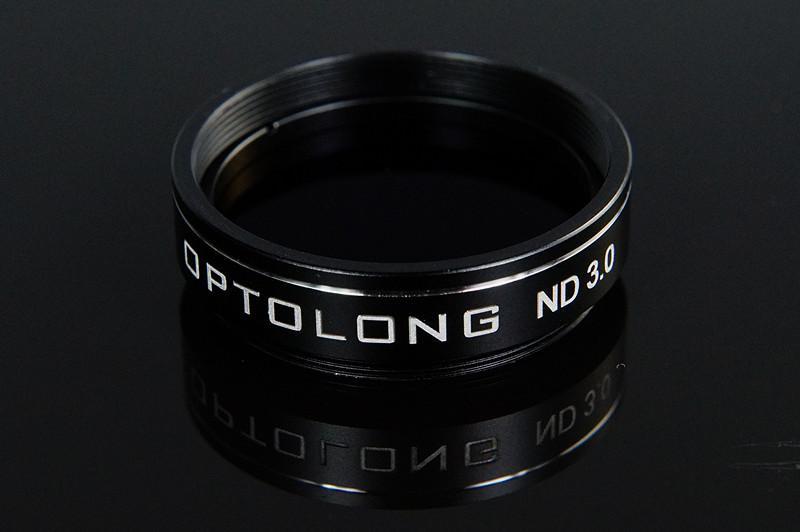Understanding of Neutral Density Filters
Neutral Density Filters
As we all know, neutral density filter is also called ND filter. ND filters are designed to reduce transmission evenly across a portion of a specific spectrum, i.e. it reduces the amount of light passing through the camera’s imaging sensor. It modifies the intensity of color, all the wavelength and light equally but not affect the original color.
ND filters are usually used in wider apertures. This can be used to decrease the depth of filed. This would allow the centered info to be separated from the background.
The filter is usually used in photograph or other optical system combination. Size we offer is depend on the client’s request. In general, size could be Dia46mm、49mm、52mm、55mm、58mm、62mm、67mm、72mm、77mm、82mm、86mm.
ND filters are typically defined by their Optical Density(OD) which describes the amount of energy blocked by the filter. A high optical density value indicates very low transmission, and low optical density indicated high transmission.
ND fitlers can be stacked to achieve a custom optical density. To calculate the final system OD, simply add the OD of each filter together.
| ND number notation | Fraction of whole lens | Optical density value | F-stop reduction | Transmittance |
| 1 | 0.0 | 100% | ||
| ND2 | 1/2 | 0.3 | 1 | 50% |
| ND4 | 1/4 | 0.6 | 2 | 25% |
| ND8 | 1/8 | 0.9 | 3 | 12.5% |
| ND16 | 1/16 | 1.2 | 4 | 6.25% |
| ND32 | 1/32 | 1.5 | 5 | 3.13% |
| ND64 | 1/64 | 1.8 | 6 | 1.56% |
| ND128 | 1/128 | 2.1 | 7 | 0.78% |
| ND256 | 1/256 | 2.4 | 8 | 0.39% |
| ND512 | 1/512 | 2.7 | 9 | 0.20% |
| ND1024 | 1/2014 | 3.0 | 10 | 0.098% |
| ND2048 | 1/2048 | 3.3 | 11 | 0.049% |
| ND4098 | 1/4098 | 3.6 | 12 | 0.024% |
| ND8192 | 1/8192 | 3.9 | 13 | 0.012% |
Types of Neutral Density Filters
There are two types of ND filters: reflective and absorptive.
Reflective ND filters consist of thin film optical coating, typically metallic, that have been applied to a galls substrate. The coating can be optimized for specific wavelength ranges such as UV-VIS or NIR. The thin film coaitng primarily reflects light back toward the source. Special care should be taken to ensure the reflected light does not interfere with the system setup.
Absorptive ND filters utlize a glass substrate to absorb light by a specific percentage.





